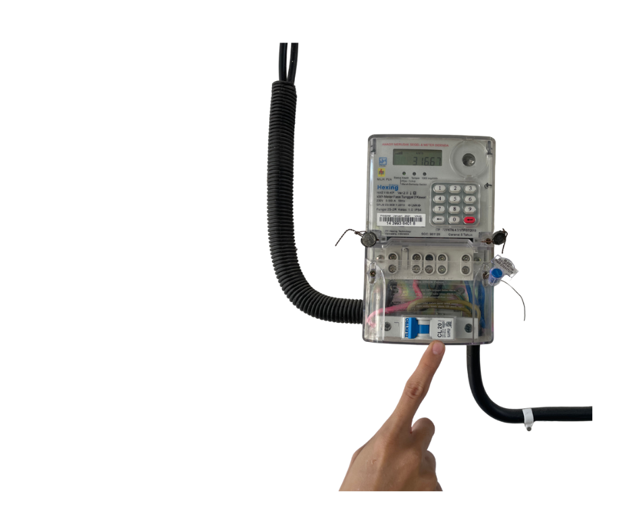If you've ever looked at your PLN (Perusahaan Listrik Negara) electric meter you may have noticed codes like CL10, CL20, or even CL150. But what do these mean—and more importantly, what kind of generator (genset) should you install to match your electricity needs?
This article breaks down PLN current class codes (CL), the typical household or business usage they support, and the recommended generator size for backup power during outages or in off-grid locations.
What is a PLN CL Code?
The CL code (short for Current Limit) reflects the maximum amperage your meter can handle. Multiply that amperage by Indonesia’s standard voltage (220V) and you get the VA (Volt-Ampere) capacity—essentially how much power your home or building can draw.

Matching PLN CL Ratings with Generator Sizes
CL Code | Amperes | Approx VA | Typical Use | Recommended Gen Set (includes safety margin) |
CL 10 | 10 A | 2,200 VA | Small home (lights, fan, small fridge) | 1 – 2 kVA |
CL 16 | 16 A | 3,500 VA | Basic household (1 AC, TV, fridge) | 2.5 – 3 kVA |
CL 20 | 20 A | 4,400 VA | Moderate home (2 ACs, washing machine) | 3.5 – 4 kVA |
CL 25 | 25 A | 5,500 VA | Larger home with more appliances | 5 – 6 kVA |
CL 30 | 30 A | 6,600 VA | Villas or small offices | 6 – 7 kVA |
CL 35 | 35 A | 7,700 VA | Premium home or small business | 7 – 8 kVA |
CL 48 | 48 A | 10,600 VA | Restaurants, medium commercial use | 9 – 10 kVA |
CL 50 | 50 A | 11,000 VA | Medium commercial, small hotel, villa cluster | 10 – 11 kVA |
CL 60 | 60 A | 13,200 VA | Villas with pool, cafés, workshops | 12 – 13 kVA |
CL 75 | 75 A | 16,500 VA | Large villas, construction sites, small factories | 15 – 17 kVA |
CL 105 | 105 A | 23,000 VA | Warehouses, big villas, mid-scale commercial sites | 20 – 22 kVA |
CL 150 | 150 A | 33,000 VA | Hotel wings, production kitchens, mini malls | 30 – 35 kVA |
CL 188 | 188 A | 41,500 VA | Entire villa compounds, restaurants or retail hubs | 35 – 45 kVA |
Additional Tips for Choosing a Generator
- Use Rated, Not Max Output:
Always select a genset based on its rated (continuous) power output—not just its maximum (surge) power. This ensures stable and reliable backup. - Add a Safety Margin:
Plan for 20–25% more capacity than your current total usage. This protects against equipment startups (especially motors and AC units) and future growth. - Understand Power Factor:
These recommendations assume a power factor of 0.8, standard for homes and small businesses. Industrial users may need to adjust. - Single-Phase vs. Three-Phase:
- Single-phase: homes, villas, retail up to 13,200 VA.
- Three-phase: larger properties, commercial kitchens, or high-load buildings.
- Know Your Load Types:
- Resistive loads (lighting, heaters) are predictable.
- Inductive loads (pumps, compressors) cause startup surges—size your genset accordingly.
- Silent or Open Type Genset?
For residential and hospitality applications, silent-type generators are ideal for noise-sensitive environments.
Final Thoughts
Understanding your PLN meter's CL rating helps you plan not just your monthly usage, but also your energy backup strategy. Whether you're preparing for outages, building off-grid, or planning a commercial site, matching the right genset to your VA class is essential.
If you're not sure what generator fits your property, feel free to contact us at Bali Building Solutions — we're happy to assist with sizing, sales, and delivery across Indonesia.